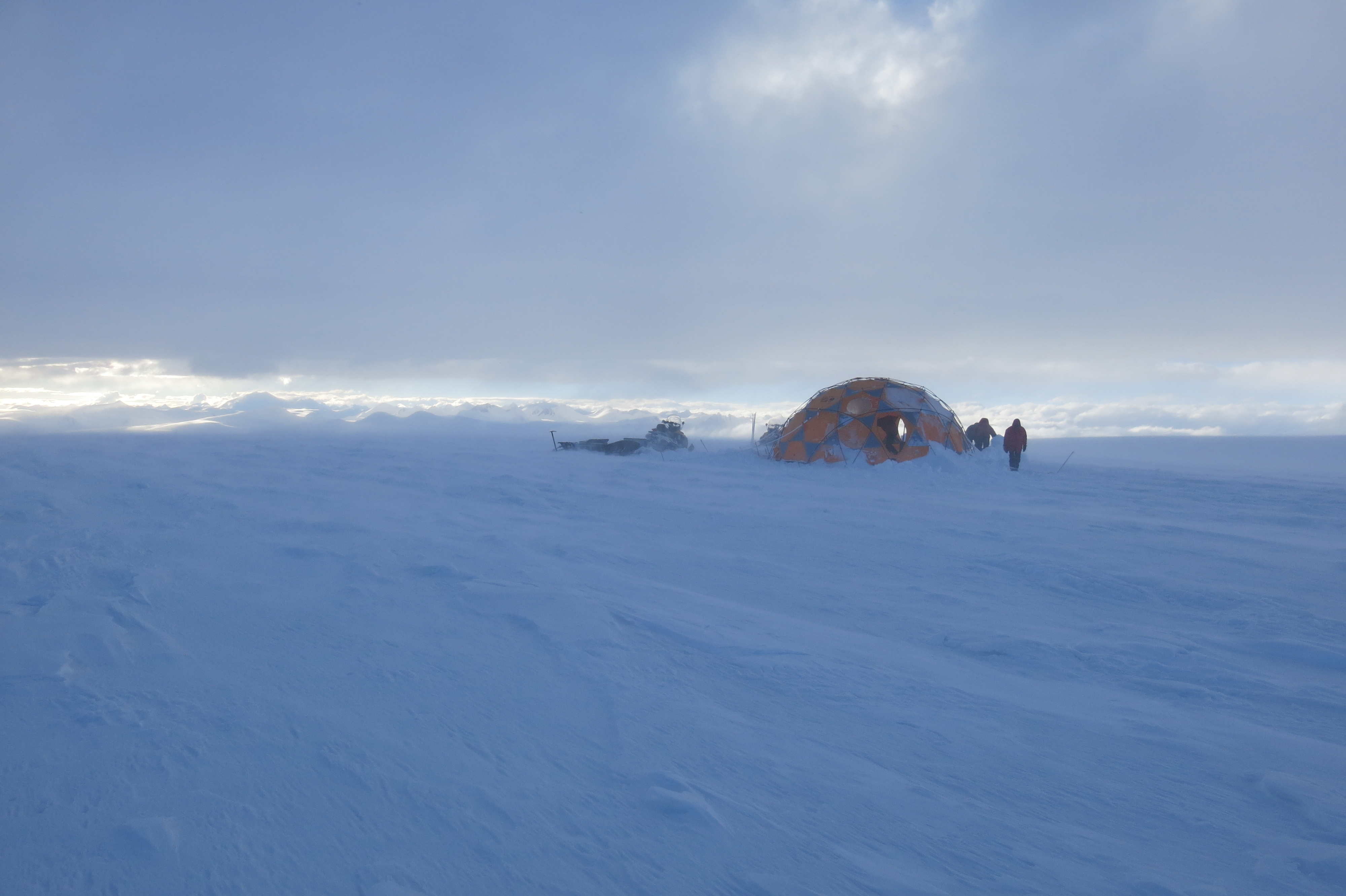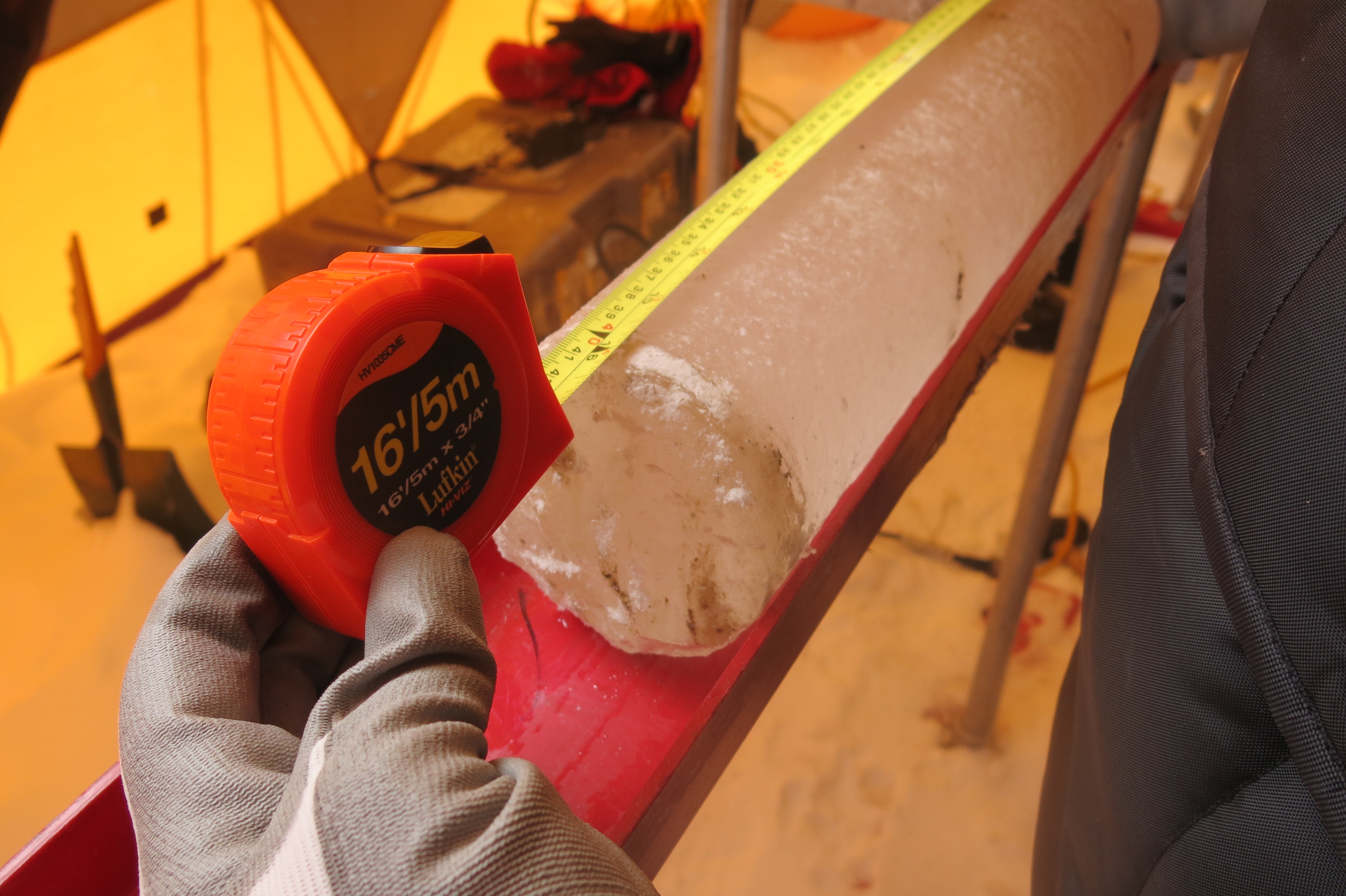Experts Discover 1,700 Ancient Viruses in a Tibetan Glacier
Studying how the viruses, which do not infect humans, adapted to previous major temperature shifts could hold clues to how modern viruses will react to the current climate change

When a team of scientists—accompanied by yaks and yak wranglers—traveled nearly four miles above sea level to the Guliya Glacier in northwest Tibet in 2015, their goal was to look back in time. They drilled more than 1,000 feet into the ice and extracted a sample core that spans 41,000 years of history.
In that glacial sample from the Himalayas, scientists have now identified more than 1,700 ancient viruses, though they note that these species do not infect humans. Their findings, tracing how the viruses react to shifts in temperature, were published in the journal Nature Geoscience last week.
“Our findings offer a novel perspective on how life, in the form of viruses, has responded to climatic changes over tens of thousands of years,” the researchers write in the Conversation.
The team reconstructed the genomes of viruses frozen in the Guliya Glacier. The microorganisms spanned nine distinct time intervals, including three cold-to-warm climate transitions. Of the 1,705 ancient viruses identified, about three-fourths are newly discovered species, according to a statement from the Ohio State University. The study obtained 50 times more viral information than has ever been collected from glaciers before.
“These kinds of data are just so foundational for asking any questions about what Earth looked like previously,” study co-author Matthew Sullivan, a microbiologist at Ohio State, tells Popular Science’s Lauren Leffer. “Collecting these 1,700 genomes now empowers scientists doing glacial work elsewhere to unlock the stories that are in these other ice freezers, so to speak.”

The scientists discovered that the viral communities trapped in the ice were noticeably different depending on the climate conditions of the time period they hailed from. The most distinct viral community coincides with the transition from the cold Last Glacial Stage to the warmer Holocene period about 11,500 years ago.
This evidence suggests that major cold and warm climate periods did have an impact on viruses. The scientists hypothesize that temperature changes on the glacier itself, as well as the arrival of viruses from other regions on the backs of new wind patterns, shaped the local viral communities through selection pressures. Roughly one-quarter of the viruses identified showed similarities to known species from other parts of the world, suggesting they had traveled to Guliya from places such as the Middle East and Arctic.
“Before this work, how viruses linked to large-scale changes in Earth’s climate had remained largely uninvestigated,” lead author Zhi-Ping Zhong, a microbiologist at Ohio State, says in the statement. “This at least indicates the potential connection between viruses and climate change.”
Understanding how viruses behaved in the face of changing temperatures thousands of years ago can inform how they might adapt to the current climate change, Zhong tells Jacinta Bowler of the Australian Broadcasting Corporation (ABC).
/https://tf-cmsv2-smithsonianmag-media.s3.amazonaws.com/filer_public/7e/30/7e303c15-2c4c-41ed-9df7-d3247f44fc42/photo_3_-_virus-like_particles_under_fluorescence_microscope-1.jpg)
Ancient viruses escaping melting permafrost have previously sparked fears of a potential human infection, reports Newsweek’s Jess Thomson. Before anyone panics, the researchers specified that these glacial viruses most likely infected other microbes—not animals or humans—so they don’t pose a risk to human health. But that doesn’t mean they didn’t have a profound impact on their ecosystem.
“As virus dynamics shift, they can modulate the ecology of the microbial community,” Erin Harvey, a virologist at the University of Sydney in Australia who was not involved in the study, tells the ABC. “If a virus evolves to infect and kill a certain bacterial species, that can push the abundance of that microbial species down. Or maybe the virus could evolve to help that microbial species, and then the population would expand.”
Researchers even found that viruses could influence their hosts’ “fitness” for the environment, and thus affect their ability to cope with harsh glacier conditions.
The scientists say more study needs to be done to draw any definitive conclusions—but they’re racing against time to collect more glacial cores before human-caused rising temperatures make that impossible.
/https://tf-cmsv2-smithsonianmag-media.s3.amazonaws.com/accounts/headshot/Margherita_Bassi.png)
/https://tf-cmsv2-smithsonianmag-media.s3.amazonaws.com/accounts/headshot/Margherita_Bassi.png)